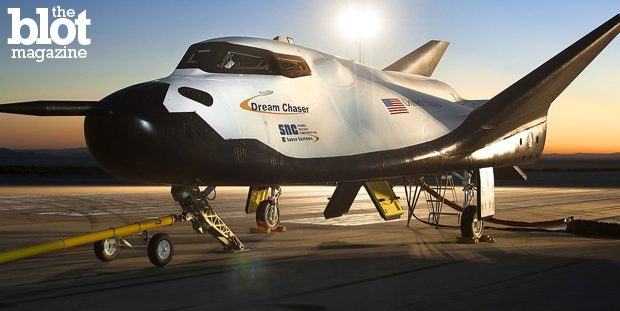As commercial spaceflight becomes more viable, Huntsville, Ala., could be the gateway to the final frontier.
And by flying into the great unknown by increasingly advanced technologies that are making commercial space travel less expensive, U.S. cities are competing to become the country’s aerospace hubs. Because of their already-established aerospace infrastructure, Houston and Huntsville are two cities poised to become the first centers of commercial space flight.
Since the NASA space shuttle was retired in 2011, the space agency has aimed to restart launches from U.S. soil. This was the ongoing goal furthered by the Commercial Crew Transportation Capability awards that in September 2014 gave out nearly $7 billion to Boeing and SpaceX for further development of those firm’s spacecraft. Currently, International Space Station (ISS) crews launch in Russian Soyuz spacecraft, which depart the Earth from Kazakhstan.
Read more: Virgin Galactic Crash: Why Are We Sending People to Space?
Huntsville, nicknamed “Rocket City” for its history in the development of that technology, and Houston, home of NASA’s Lyndon B. Johnson Space Center (JSC), are the two most likely places in the U.S. to become the home of commercial spaceflight and space taxi centers. Spaceplanes like the Dream Chaser by Sierra Nevada Corporation (SNC) and others from Boeing, SpaceX are being built and developed to bring supplies back and forth from the Earth to astronauts at ISS.
Though NASA did not give SNC any additional money for its Dream Chaser vehicle to ferry astronauts to and from the ISS in the last round of awards, the company continues to develop the aircraft and take steps toward flight. Dream Chaser is currently competing for a contract to resupply the ISS and carry astronauts and supplies there.
Resupplying with spaceplanes — in comparison to the space shuttle that required a rocket launch for every flight — not only can help scientists perfect smaller-craft spaceflight, but also gives NASA a more cost-effective way to rotate astronauts from the ISS and thus ensure a fresh team of astronauts, scientists and researchers is always present.
The Dream Chaser is scheduled to make its first mission in 2018. Officials at SNC have said the aircraft will be used to serve both the U.S. space program and international missions. If the Dream Chaser proves successful, it could also bring satellites in space back to Earth for service or repairs.
Read more: Can Poop Fuel An Astronaut’s Return to Earth?
Outside companies are currently studying the feasibility of departing from, and landing at, Huntsville International Airport. Should these assessments find that it could be done with minimal disruption to local airspace, traffic flow and potential impact on commercial air traffic, the Federal Aviation Administration could then issue a re-entry license to allow the aircraft to land in Huntsville.
In June, SNC announced plans to conduct preliminary studies in the Alabama town to see if the Dream Chaser spacecraft can actually land at Huntsville International. Incredibly, the aircraft can take off and land on any runway long enough for a 737 airplane.
Huntsville is already home to the Marshall Space Flight Center, Redstone Arsenal and Cummings Research Park. Houston’s JSC was established in 1961 as the Manned Spaceflight Center and is where the mission control for the U.S. space program operates from. In NASA’s early years, JSC led the Gemini, Apollo and Skylab projects.
JSC currently serves as the home of mission control, NASA’s lead for International Space Station operations and missions, home to the Orion Multi-purpose crew vehicle, and numerous advanced human exploration projects.
Who knows, one day soon, if commercial space travel is successful, a trip to the airport may also be a chance to see a space plane up close. And if the planes are already there, a short passenger space exploration flight to the ISS or the moon might not be far off.
Noah Zuss is a reporter for TheBlot Magazine.






